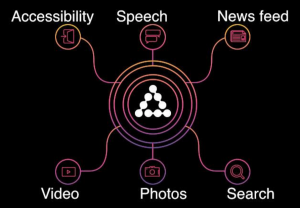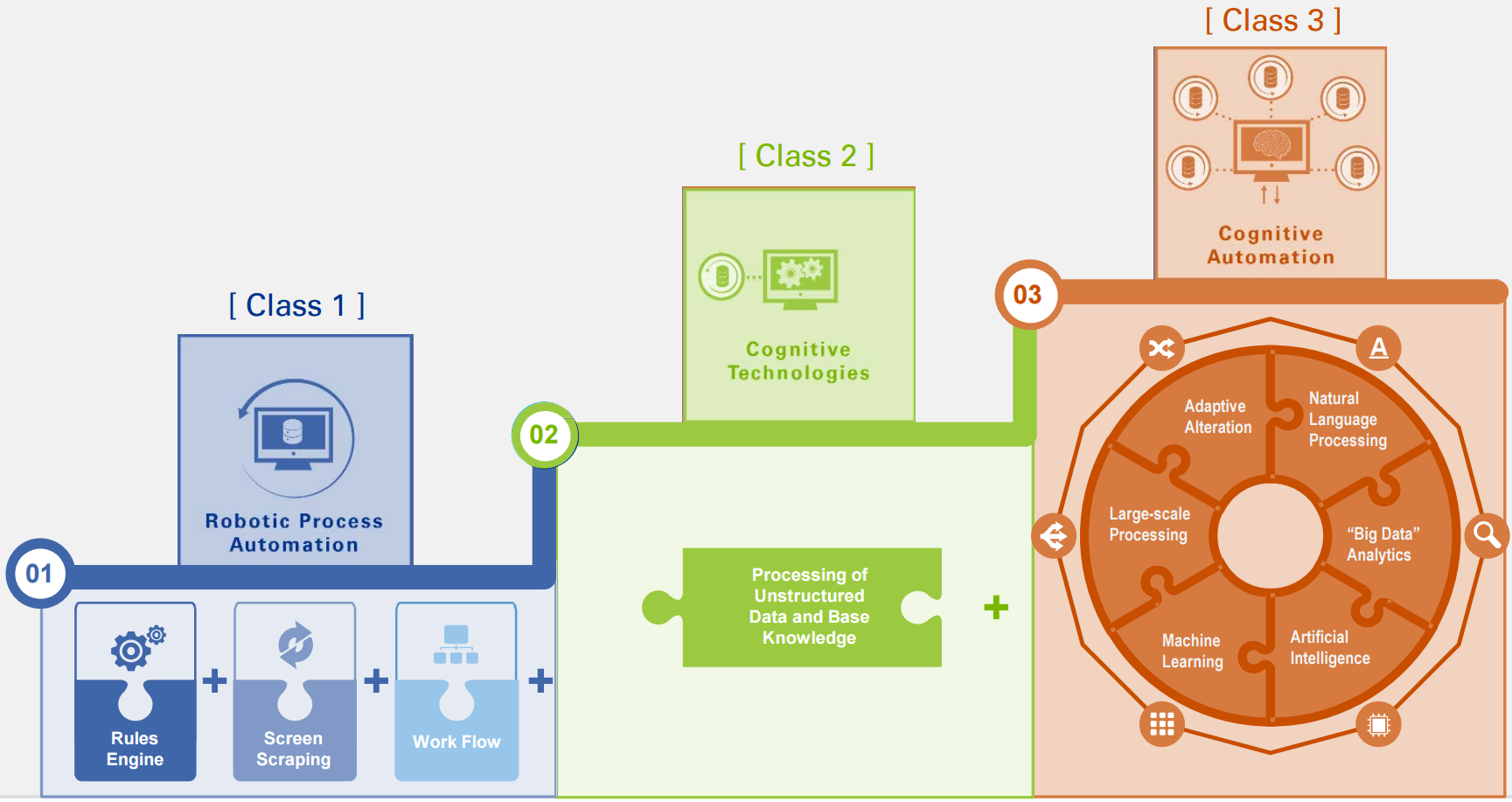Fintech in 2017: Risk management takes center stage

A day in the life of the gentleman banker was once described by the 3-6-3 rule – accept deposits at three percent, loan money at six percent and tee off at the golf course at 3 p.m. The financial services industry can rightfully state that it has come a long way since then. It has implemented technological innovation and managed risk in a constantly changing economic environment over several decades. The gentleman banker has since evolved into a sophisticated financial risk manager who works within a complex framework of rules and regulations with tens of trillions of dollars of assets under management.
Fintechs have moved at a much faster pace than banks in some areas. They have disrupted the financial services industry with user-centric solutions enabled by technology. These solutions emulate products and services offered by financial institutions. However, these remarkable examples of innovation have largely ignored the elephant in the room – regulation. Read more 
Applied Machine Learning and AI @ FaceBook
“Facebook today cannot exist without AI. Every time you use Facebook or Instagram or Messenger, you may not realize it, but your experiences are being powered by AI.” — Joaquin Candela, Facebook’s Applied ML team leader
———————
“Machine learning is a core transformative way by which we are rethinking everything we are doing. Google Brain is the way we are embedding this in everything we do.” Sundar Pichai (CEO Google)
———————
Salesforce CEO Marc Benioff said at a recent conference: “This [AI, ML] is a huge shift going forward, which is that everybody wants systems that are smarter, everybody wants systems that are more predictive, everybody wants everything scored, everybody wants to u nderstand what’s the next best offer, next best opportunity, how to make things a little bit more efficient.”
nderstand what’s the next best offer, next best opportunity, how to make things a little bit more efficient.”
Machine Learning (ML), Deep Learning and AI powering “Systems that Learn at scale” are at the bleeding edge of data science, deep learning and predictive search today.
Every market leader is jumping on this AI enabled engagement trend in retail, banking and healthcare.
Machine learning is central to Facebook’s future. Creating the extreme personalized experience (“individual equation based on 1000s of attributes – your preferences, predilections, conversations and transactions “) is the killer app.
FaceBook – AI/ML Case Study
Facebook is a bleeding edge case study of where AI/ML are being used to augment user engagement and experiences. I am starting to see many leading firms investing in ML Accelerators and Platforms as part of their data science strategy.
Chief Data Officer Role & Challenges
Big Data has been replaced by Machine Learning and AI as the next “must have” trend. Machine learning has caught the attention of venture capitalists.
Chief Data Officers, Chief Analytics Officers, Chief Data Science Officers and Chief Digital Officers are everywhere. The job is to leverage the latest in predictive analytics, data science, machine learning, and multi-tenant cloud architecture to bring innovation to traditional processes.
This is a pivotal moment in data driven business models (“systems that learn”) but there is no getting around the inherent difficulties associated with either altering organizational behavior, data ownership politics or managing transformation of the data infrastructure. And while the challenges are real, many firms are getting closer to achieving a data science and data management environment.
What are data and analytics officers overseeing… A variety of foundational & plumbing strategies:
- Data-as-a-Service: Data Provisioning, Management, Lineage, Quality
- Reporting-as-a-Service: Dashboards, KPIs, Drilldowns/Aggregates…. Descriptive
- Analytics-as-a-Service: Predictive Modeling and BI… Prescriptive analytics
- Information-as-a-Service: Threshold based Alerts, Exceptions, Mobile Prompts
- Insights-as-a-Service: ML/AI based “Systems that Learn”…automated learning – augmented intelligence, Next best Offer/Action
At core of all these, Data Management and Data Science tools are core technical and business capabilities. Some firms are more mature and further along than others.
Why Mature Data Management as a Function
Organizations live or die by the quality of their data.
Data is an underlying factor of input into business operations and essential in order to facilitate process automation, digitize operations, support financial engineering and enhance customer facing analytical capabilities.
An effective data management program requires a planned strategic effort
- Integrate multi-discipline efforts
- Inculcate a shared vision and understanding
- Data is a ‘thing’ – vital infrastructure element foundation of the n-tier architecture
- Not a project, more than a program…it’s part of the core foundation
There is no question about it – the foundational levels of people, process, governance and technology required to establish data management on a sustainable basis are coming together under the CDO umbrella.
What does a Chief Data Officer (CDO) do?
Robotic Process Automation + Analytics
“Looking to the future, the next big step will be for the very concept of the “device” to fade away. Over time, the computer itself—whatever its form factor—will be an intelligent assistant helping you through your day. We will move from mobile first to an AI first world.” — Sundar Pichai, CEO Google

- A global oil and gas company has trained software robots to help provide a prompt and more efficient way of answering invoicing queries from its suppliers.
- A large US-based media services organization taught software robots how to support first line agents in order to raise the bar for customer service.
Software agents or Robotic process automation (RPA) is becoming a mainstream topic at leading corporations. I have seen a massive uptick in corporate strategy work in this area as C-Suite execs look at new ways to do more with less.
Software robots ∼ Conversational-AI products like Apple Siri, Microsoft Cortana, IBM Watson, Google Home, Alexa, drones and driverless cars ∼ are now mainstream. What most people are not aware of is the rapidly advancing area of enterprise robots to create a “virtual FTE workforce” and transform business processes by enabling automation of manual, rules based, back office administrative processes.
This emerging process re-engineering area is called Robotic process automation (RPA).
Machine Learning (ML) and graph processing are becoming foundations for the next wave of advanced analytics use cases. Speech recognition, image processing, language translation have gone from a demo tech to everyday use in part because of machine learning. Machine learning models, e.g., in driverless cars, teaches itself how to discover relevant things like a stop sign with snow partially obscuring the sign.
The market opportunity of artificial intelligence has been expanding rapidly, with analyst firm IDC predicting that the worldwide content analytics, discovery and cognitive systems software market will grow from US$4.5 billion in 2014 to US$9.2 billion in 2019, with others citing these systems as catalyst to have a US$5 trillion – US$7 trillion potential economic impact by 2025.
RPA – What?
“Robotic automation refers to a style of automation where a machine, or computer, mimics a human’s action in completing rules based tasks.” – Blue Prism
RPA is the application of analytics, machine learning and rules based software to capture and interpret existing data input streams for processing a transaction, manipulating data, triggering responses and driving business process automation around enterprise applications (ERP, HRMS, SCM, SFA, CRM etc.).
RPA is not a question of “if” anymore but a question of “when.” This is truly the next frontier of business process automation, enterprise cognitive computing, predictive analytics and machine learning. To make a prediction, you need an equation and parameters that might be involved.
Industrial robots are remaking blue-collar factory and warehouse automation by creating higher production rates and improved quality. RPA, simple robots and complex learning robots, are revolutionizing white-collar business processes (e.g. customer service), workflow processes (e.g., order to cash), IT support processes (e.g., auditing and monitoring), and back-office work (e.g., data entry).
I strongly believe that as cognitive computing slowly but surely takes off, RPA is going to impact process outsourcers (e.g., call center agents) and labor intensive white collar jobs (e.g., compliance monitoring) in a big way over the next decade. Any company that uses labor on a large scale for general knowledge process work, where workers are performing high-volume, highly transactional process functions, will save money and time with robotic process automation software.





